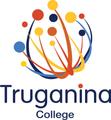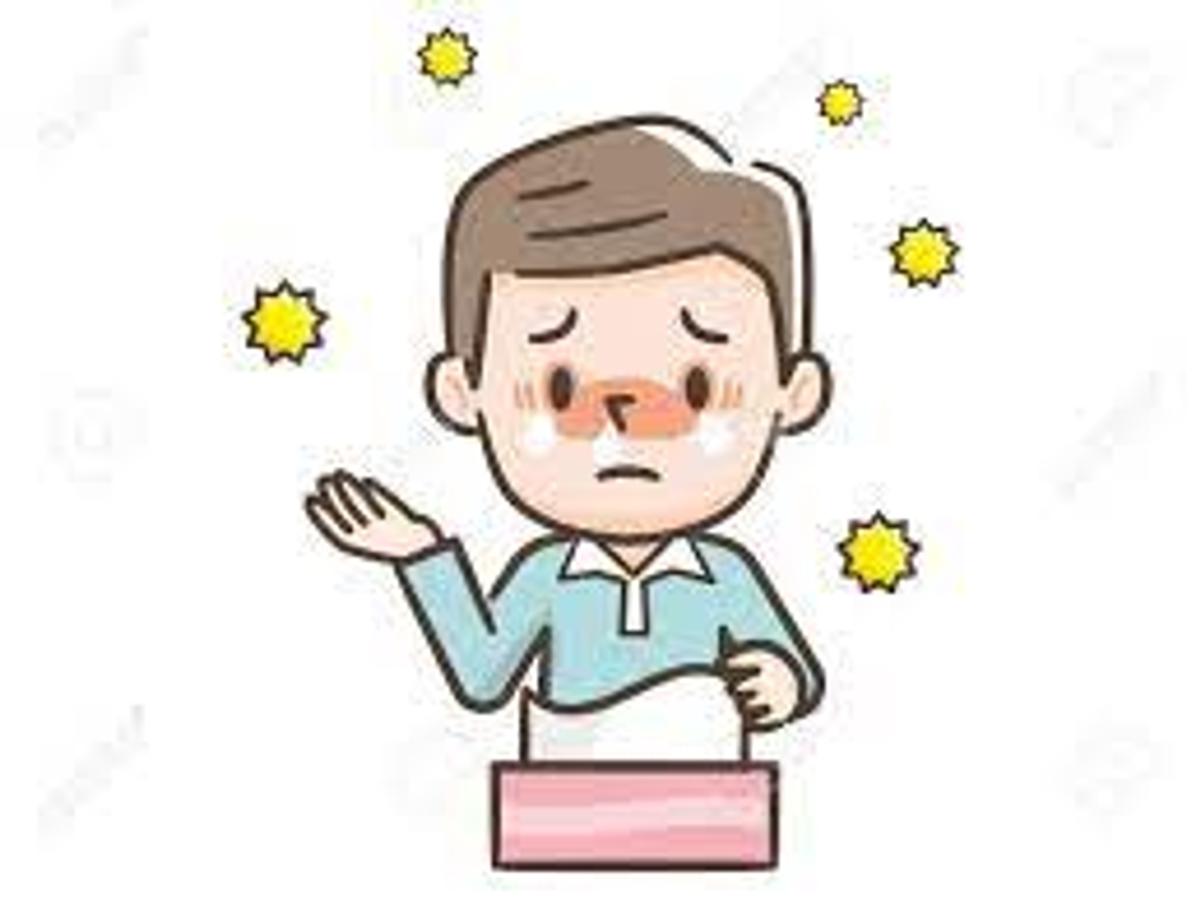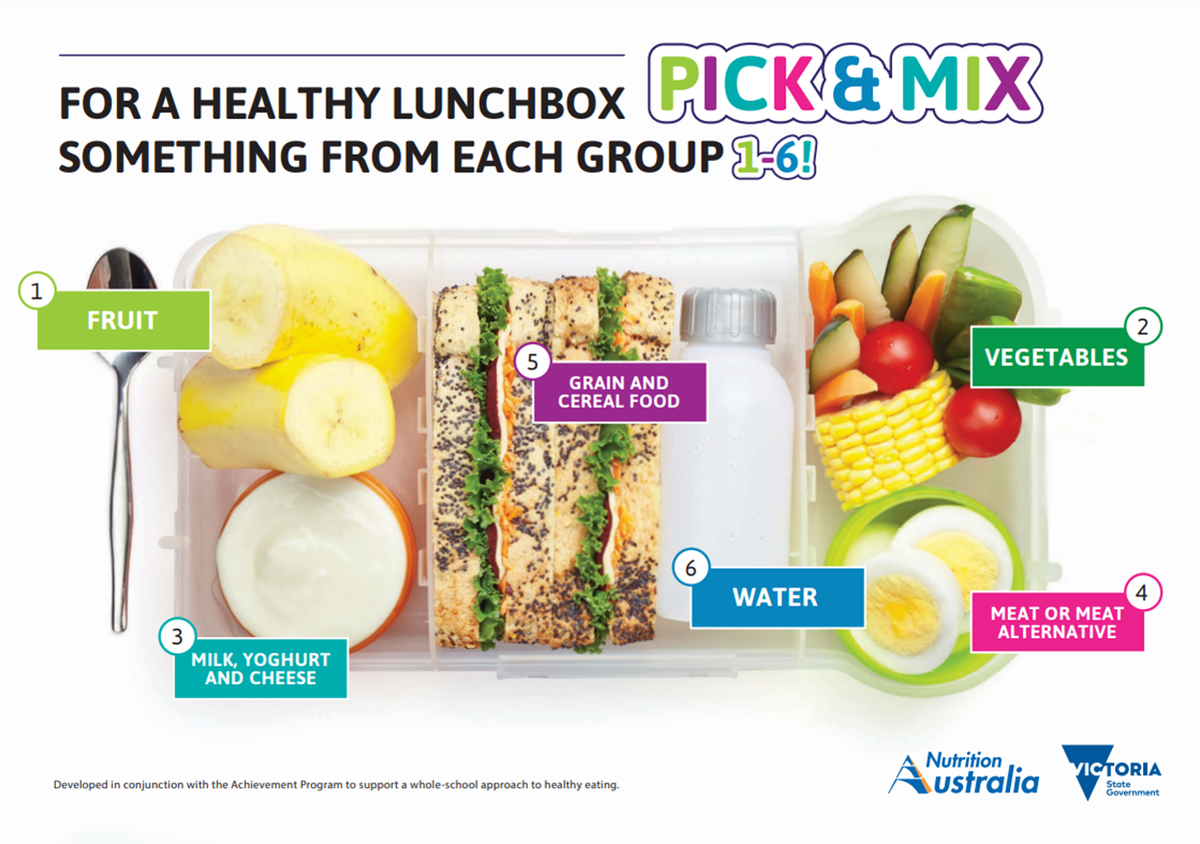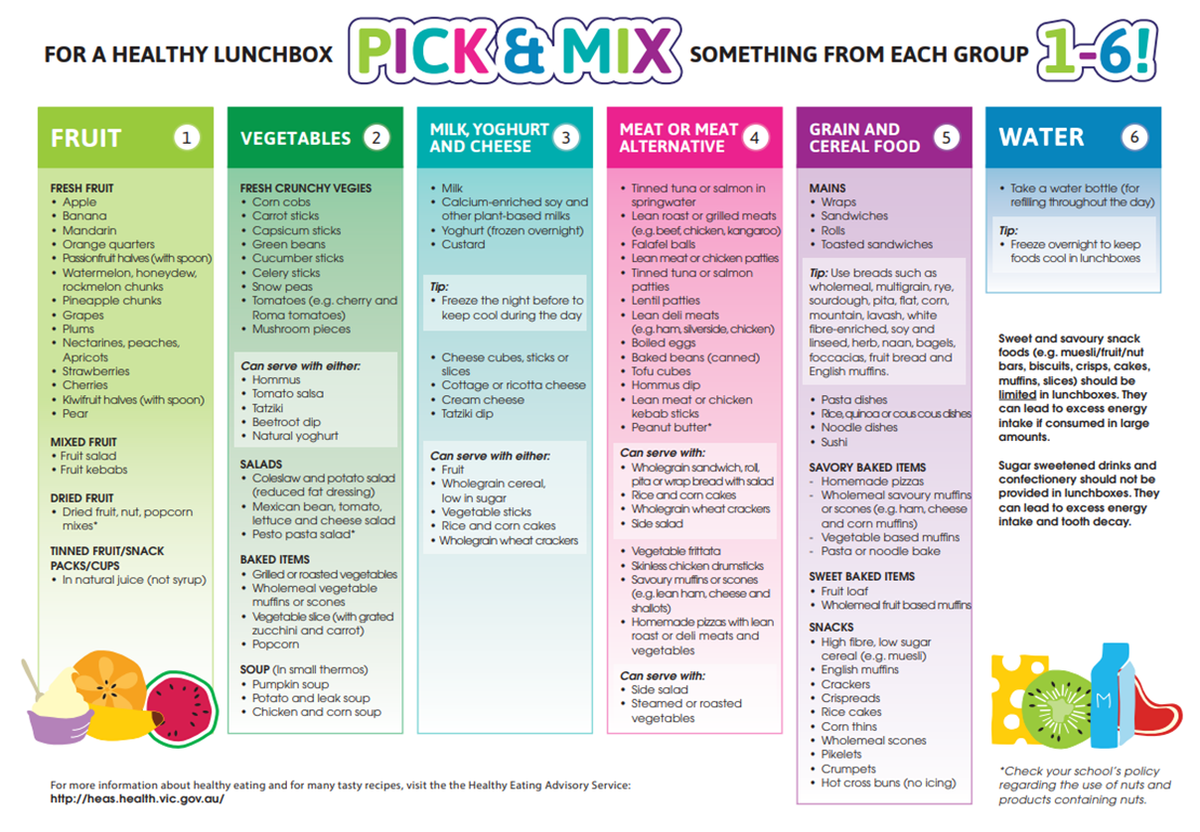Note from the School Nurses

Allergies & Hayfever on the rise during spring and summer!
What is Hay fever? Hayfever is an allergic reaction to pollen, typically when pollen comes into contact with your mouth, nose, eyes and throat. Pollen is a fine powder from plants.
Hay fever is very common, it affects up to 30 per cent of children. Children with hay fever commonly also have other allergic conditions like asthma, eczema or food allergy.
Symptoms include:
- Sneezing and coughing
- A runny or blocked nose
- Itchy, red, water eyes
- Itchy throat, mouth, nose and ears.
- Pain around your temples and forehead
- Headache
- Earache
- Feeling tired
Hay fever is usually worse between late October and February, especially when it’s warm, humid and windy. This is when the pollen count is at its all-time high.
If your child has Hayfever and takes an antihistamine, we highly recommend that you give them their medication prior to coming to school.
This will give your child the best chance of getting through the school day comfortably with lessened Hayfever symptoms.
If you would like to check the pollen count for the day, you can find this at: www.melbournepollen.com.au
Healthy lunchbox ideas
Student need to eat a variety of foods every day to be healthy and perform well at school.
Ideal school lunches should include at least one item from each food group and also include water.
Encourage students to get involved in the planning, shopping and preparation of foods for their school lunches, so they are more likely to enjoy them.
Find some great ideas to help you get started with Healthy lunchboxes Pick & Mix!
Sarah Knight and Hannah Viado-Vega
School Nurses



